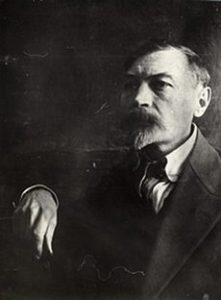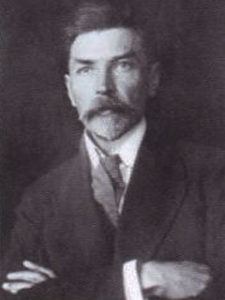Peter Utkin was born on October 9, 1877 in Tambov, Russia.
1877 - 1934
Peter Utkin
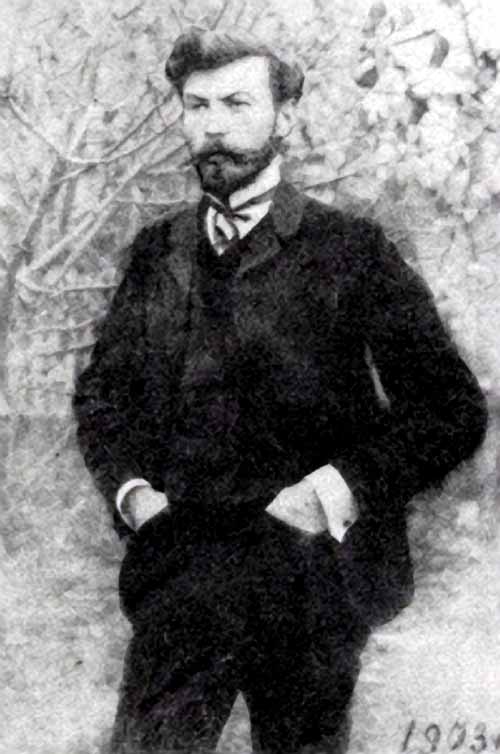
description
A Russian Symbolist painter, restorer, graphic artist and teacher.
Born into the family of a railroad worker who was a station manager. After moving to Saratov, he stayed with his mother Olga Varfolomeevna (his father left the family) and helped her, willingly making ornaments of flowers, herbs and foliage. In the 1890s, he studied at the Saratov studio of the Society of Fine Arts Lovers and at the Bogolyubovo drawing school.
One of the organizers of the first exhibition of the Symbolists «Scarlet Rose» in Saratov; Moscow exhibitions “Blue Rose”. He was a professor at the painting faculty of the All-Russian Academy of Arts. He worked in the genres of landscape, still life, decorative panels, magazine and book graphic illustration. The works, most of which were destroyed in the Moscow fire and in besieged Leningrad, are in the main museums, galleries and private collections in Russia.
Key ideas:
– The creative talent of Peter Utkin was distinguished by a special lyricism, the musical spirituality of works that sound in unison with the era of the Silver Age in Russian art. The fragile dreamy-sad, often melancholic intonation is characteristic of the series “Seasons”. The artist prefers cloudiness or twilight and is rather indifferent to the generous sunshine.
– Only a few canvases of the Blue-Roze period are preserved. Their figurative meaning is deliberately unclear. These pictorial mystic and symbolist impersonations are sometimes irrational, but they possess a great power of involuntary suggestion. Peter Savvich said that everything is meaningful, mysterious and deep for an artist,. The phenomena of life are not traceless, because they are beautiful.
– The material in the Utkin pictures is light and not loud, as the artist chooses a gray-blue tonality. It dominates, but includes brownish and ocher, subdued-blue, olive, lilac shades. The soft radiance of the surface of paints gives that feeling of sad tenderness, which art critics call the “Utkin’s mood”. Made in the blue-lilac favorite of the Symbolists tones, bizarre in composition, sometimes reminiscent of frosty patterns on the glass, Utkin’s picturesque canvases created his reputation as of the most consistent of the Symbolists.
– In the Crimean suite, which was created in the period of the general attenuation of Symbolism, the mystic disappears and the clarity of vision is restored. However, enlightened and elegiac intonation remains here. Departing from the “dreamy and allegorical worlds”, Utkin turns to the lyric plein air of pre-Blue-Rose works.
1877
1897
1902
1904 - 1910
1916
1917
1918 - 1931
1931
1934
The birth of the artist
Entered the Moscow School of Painting, Sculpture and Architecture
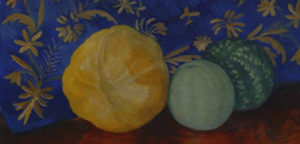
He worked on the creation of frescoes
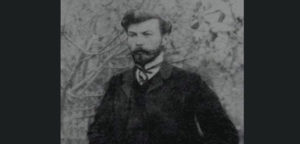
Participated in the exhibitions "Scarlet Rose", "Blue Rose"
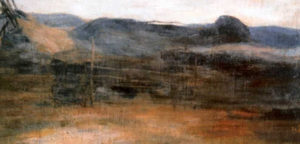
“The Glow of the Sea”
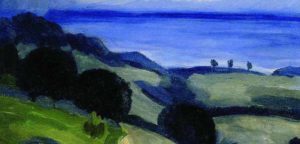
He entered the organizational council of the emerging Union of Moscow painters
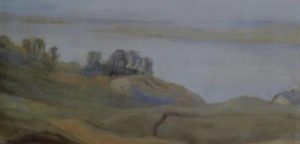
He received the title of the Honored Hero of Labor
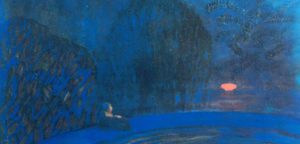
Moved to Leningrad
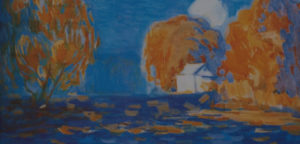
The death of the artist
